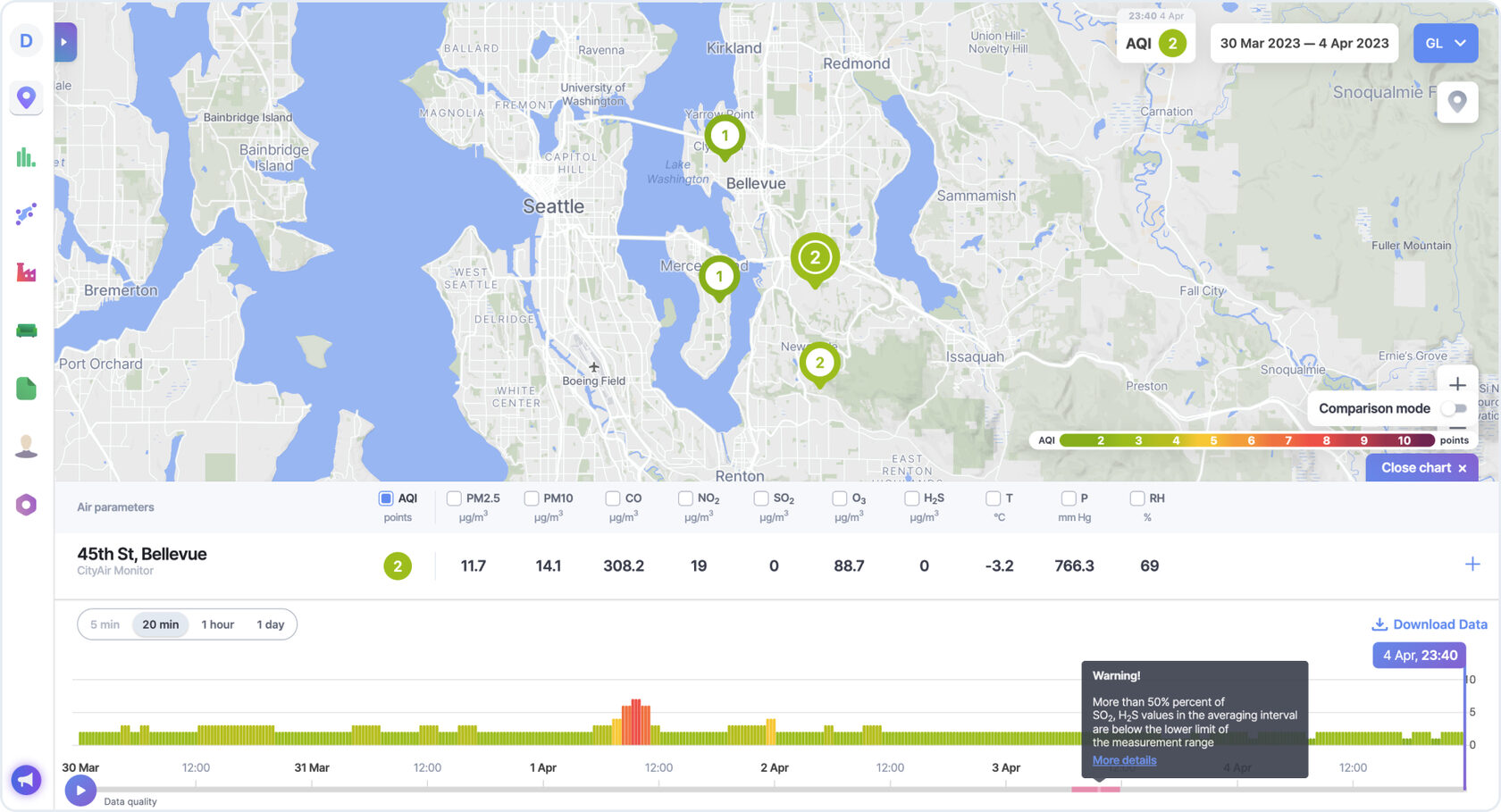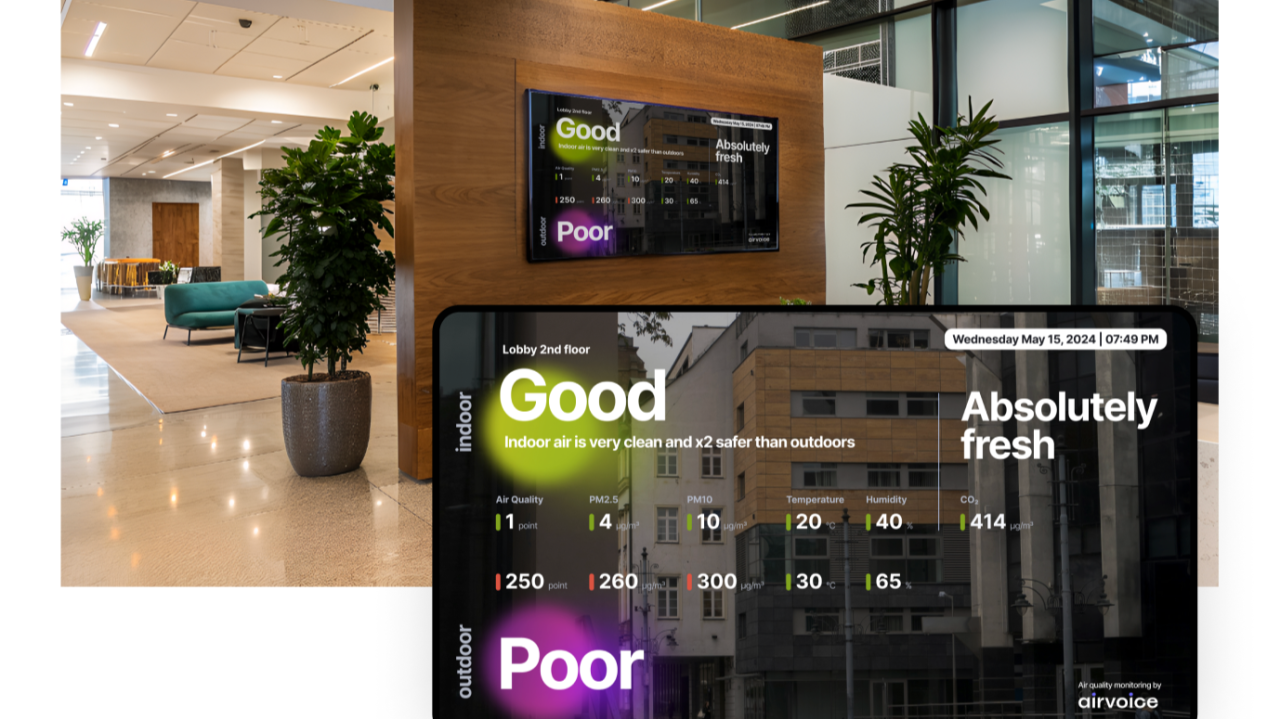Manufacturers tend to hide this fact, but any device does not work correctly from time to time. (Yes, it does not feel safe to talk about it because of the nature of competition in new, emerging markets.) At the same time, it often works properly at such moments, but operating conditions go beyond acceptable limits.
An example well known to many sensor manufacturers is that at high levels of humidity, dust particles can absorb water and "stick together", effectively increasing their size and mass. This makes it difficult to correctly measure the dust concentration by optical methods.
One might argue that datasheets contain a description of the equipment’s operating conditions. Yes, indeed, but do you know anyone who always remembers what is said in technical manuals? We hardly. As a result, the user may rely on incorrect data when reporting or making decisions.
A large part of our business is to constantly increase the accuracy of measurement data, and this includes technical aspects (relating to engineering and software development) as well as communication aspects (providing a proper explanation to the user).
The technical challenges include identifying and avoiding cases when the device’s operating conditions are not met. In the above example of dust particles at high humidity levels, the air can be dried before measurement or the particle calculation algorithms can be adjusted.
There are also more complicated cases that can only be detected using an AI-based service that continuously checks the reliability of measurements. The development of such a service is currently one of our key tasks.
For example, our algorithms can already evaluate the reliability of measurements (for a wide range of pollutants) for any specific monitoring site based on the analysis of measurements from all monitors in the network.
Anyway, we find it essential, along with developing data analysis methods that increase the reliability and accuracy of measurements, to openly communicate with our customers about such technological constraints, as they are a part of the natural physics around us.
That is why, in our latest platform updates, we already show periods when measurement conditions could not ensure data reliability and explain why. Paradoxically, this makes our data even more reliable.
An example well known to many sensor manufacturers is that at high levels of humidity, dust particles can absorb water and "stick together", effectively increasing their size and mass. This makes it difficult to correctly measure the dust concentration by optical methods.
One might argue that datasheets contain a description of the equipment’s operating conditions. Yes, indeed, but do you know anyone who always remembers what is said in technical manuals? We hardly. As a result, the user may rely on incorrect data when reporting or making decisions.
A large part of our business is to constantly increase the accuracy of measurement data, and this includes technical aspects (relating to engineering and software development) as well as communication aspects (providing a proper explanation to the user).
The technical challenges include identifying and avoiding cases when the device’s operating conditions are not met. In the above example of dust particles at high humidity levels, the air can be dried before measurement or the particle calculation algorithms can be adjusted.
There are also more complicated cases that can only be detected using an AI-based service that continuously checks the reliability of measurements. The development of such a service is currently one of our key tasks.
For example, our algorithms can already evaluate the reliability of measurements (for a wide range of pollutants) for any specific monitoring site based on the analysis of measurements from all monitors in the network.
Anyway, we find it essential, along with developing data analysis methods that increase the reliability and accuracy of measurements, to openly communicate with our customers about such technological constraints, as they are a part of the natural physics around us.
That is why, in our latest platform updates, we already show periods when measurement conditions could not ensure data reliability and explain why. Paradoxically, this makes our data even more reliable.










